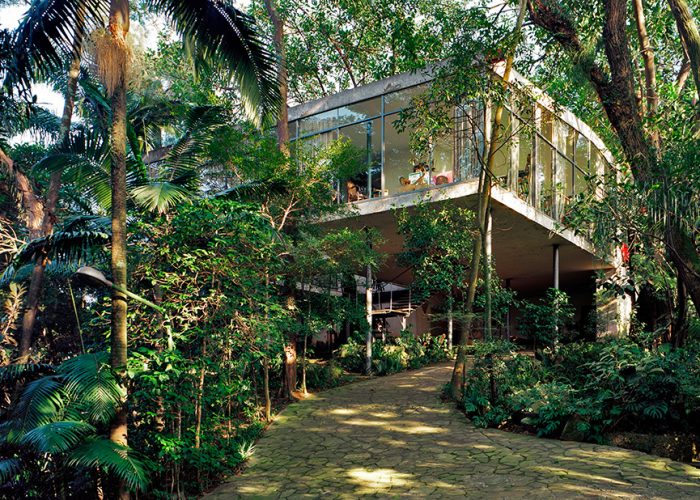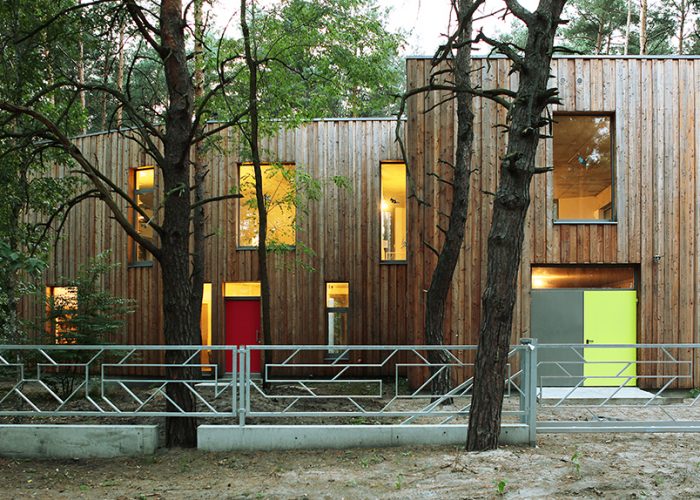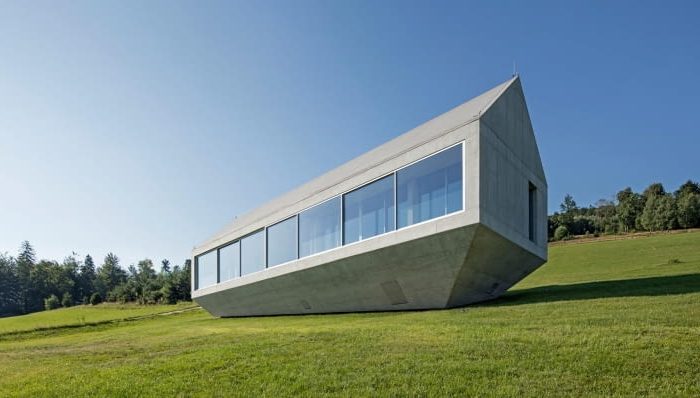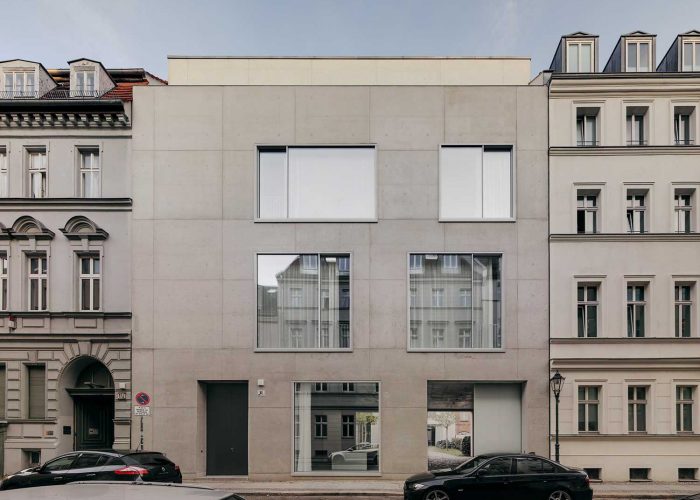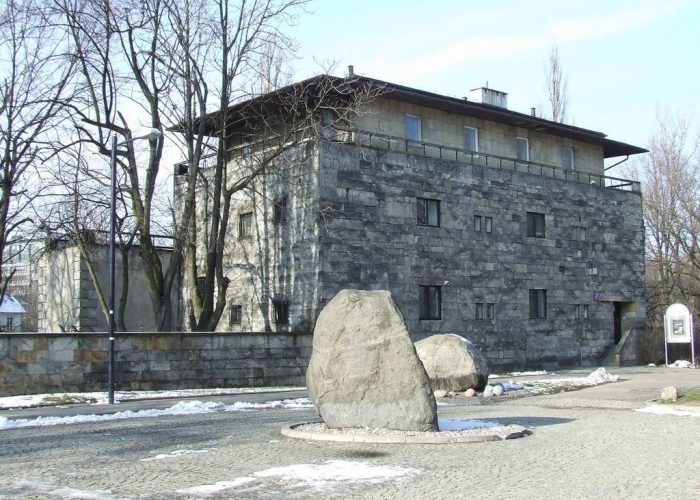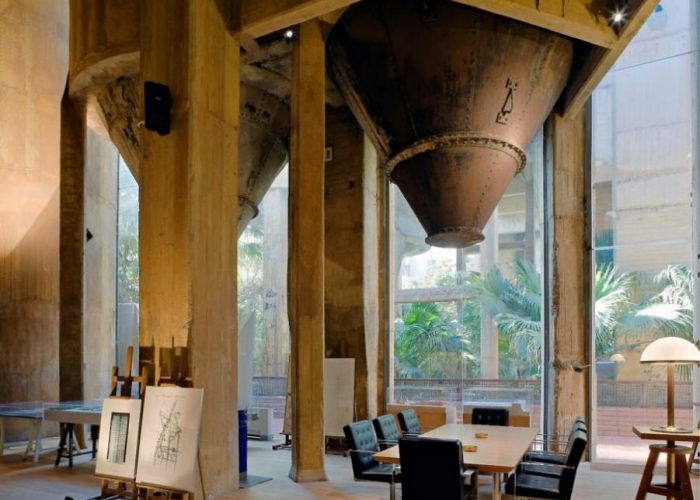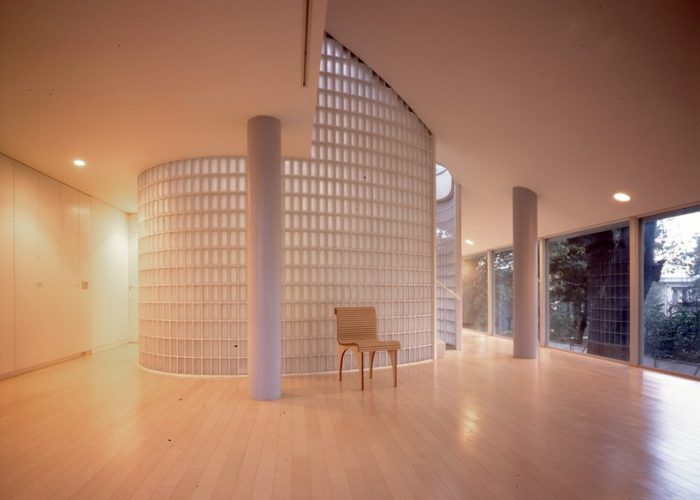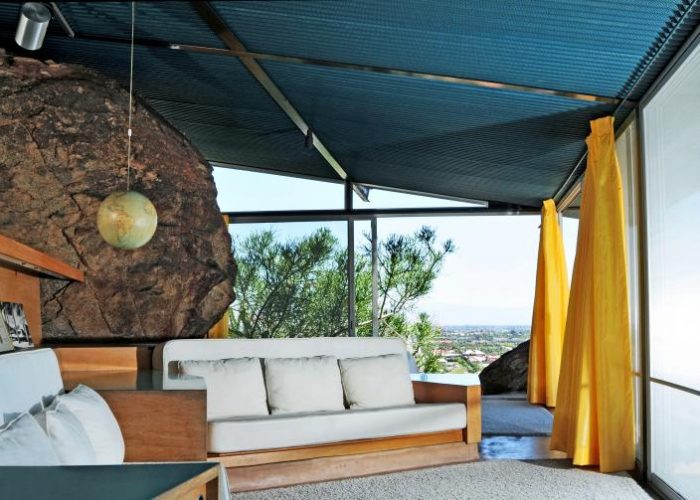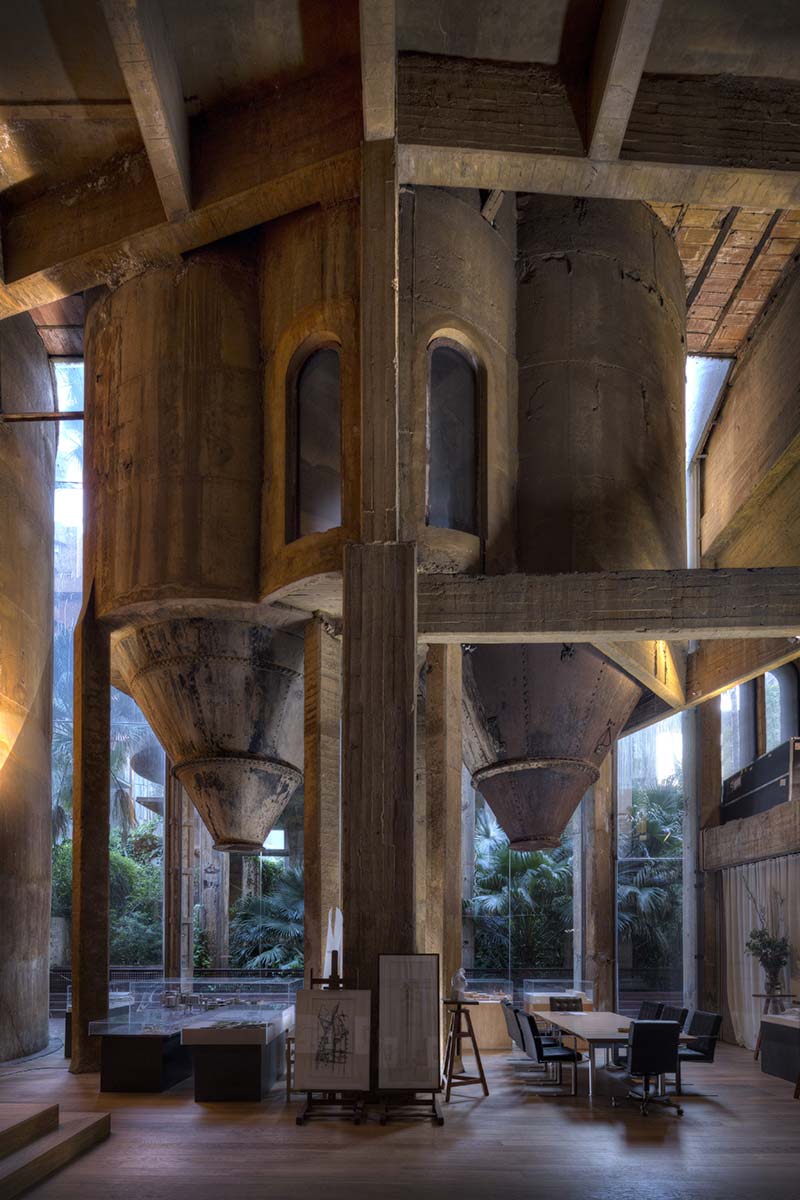
own nest
As the saying goes, “you’ve made your bed, now lie in it”. But for architects, it should be: “you’ve designed your house, now live in it”. An architect’s own house is much more than their living space; it is at the same time their showpiece and a reflection of their ideals. It is the designer themself who is both the investor and the biggest critic, with their vision no longer restricted by a client’s expectations and their imagination free of any reins. So, how do those who are responsible for the face of contemporary architecture live? Is their private home the essence of the style that beams from their commissioned projects?
When building their own nest, many architects seem eager to escape the overwhelming and distraction-packed urban jungle. Staying away from chic, high-income neighborhoods teeming with residences, they opt for remote locations in the middle of nowhere, either gently tucked between tropical forests, like the brilliantly designed house of architect Lina Bo Bardi in São Paulo, or on a mountain slope as is the case of the award-winning Konieczny’s Ark in the Polish Beskids. In these and other works, two seemingly contrasting worlds – modern man and pristine nature – manage to coexist in perfect harmony. On the other end of the spectrum we have those architects who have found their oasis in the hustle and bustle of urban living, one notable example being David Chipperfield whose home is a minimalist gem hidden among Berlin stock-brick houses.
One of the reasons why people choose to pursue a career in architecture is the love, respect and a certain sentiment for old buildings. No wonder, then, there are many architects who prefer not to build from scratch, but quite the contrary. Enchanted by existing structures, they use them as a canvas, transforming them, adding new details, breathing new personality into what was already there. The place springs back to life, the new meets the old. We can see this trend in Bohdan Pniewski’s villa, adapted from an eighteenth-century palace, as well as in the stunning house of Ricardo Bofill who converted a huge abandoned cement plant on the outskirts of Barcelona into the epitome of lush coziness.
That being said, it is in the interior where an architect’s soul makes itself best felt. Minimalist, zen-like space in Sheigeru Ban’s Tokyo house, the tropic-inspired rooms of Studio Mumbai (by Bijoy Jain), or the modern elegant décor of Albert Frey’s Palm Springs home are just a few of the many examples. And while this may border on cliché, there are as many unique houses as there are renowned architects, and each tells us as much about the person as it does about the artist.
transl. Jakub Majchrzak


